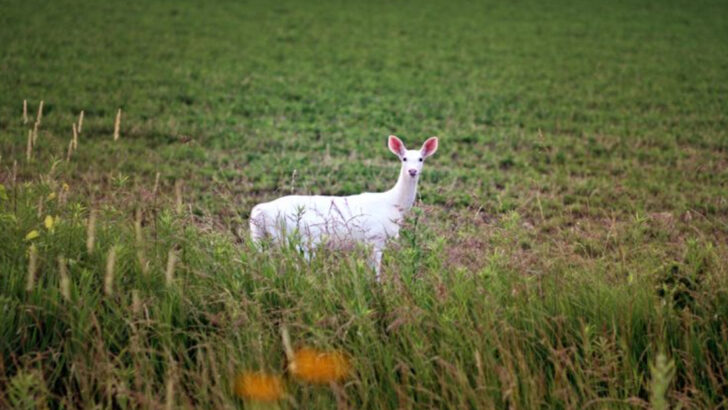Iowa hides wild secrets that will leave you breathless!
Step into a world where cornfields meet untamed wilderness, and unexpected creatures surprise you at every turn. Imagine strolling through a quiet farm and spotting a rare fox darting through the tall grass or a majestic deer pausing to gaze at you with curious eyes.
In Iowa, nature plays tricks that defy expectations. Hidden wetlands, secret woodlands, and winding streams set the stage for encounters that feel straight out of a nature documentary. Every twist in the trail might unveil a new character in this wild play.
Get ready for 16 jaw-dropping wildlife encounters that could change the way you see the Hawkeye State forever. Let the adventure begin, and prepare to be amazed by Iowa’s secret side.
Albino Deer Sighting
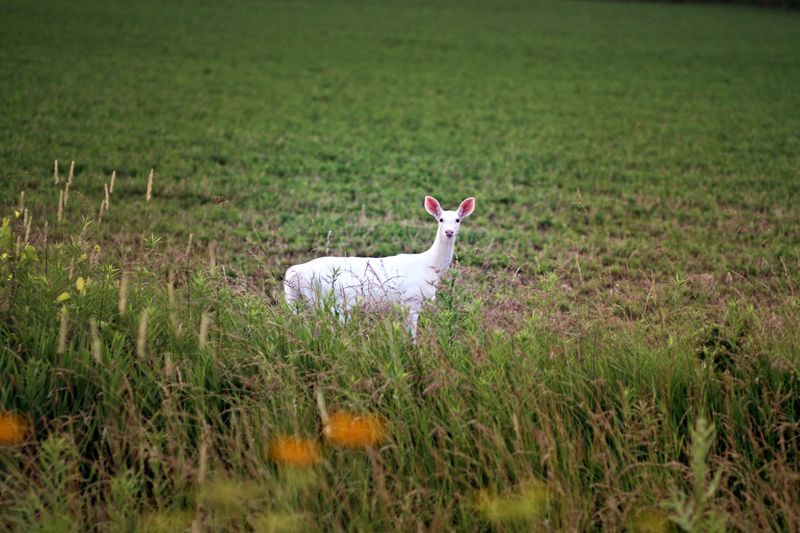
Encountering an albino deer in Iowa is like spotting a ghost in the wilderness. These ethereal creatures, with their white coats and pink eyes, are rarely seen due to their rarity and natural camouflage challenges. Imagine walking along a forest trail, the sun filtering through the canopy, and suddenly, a flash of white catches your eye. It’s an unforgettable scene.
These deer face unique survival challenges, making sightings even more exceptional. Conservationists often emphasize the importance of preserving their habitats. Should you be lucky enough to witness one, consider it a magical moment.
Bald Eagles in Flight

Seeing a bald eagle glide gracefully through the Iowan sky is an awe-inspiring spectacle. These majestic birds, with their broad wingspan and piercing gaze, symbolize freedom and wilderness. Spotting one requires a keen eye and a bit of patience, often near bodies of water where they hunt for fish.
The sight of their powerful wings cutting through the air is a reminder of nature’s grandeur. While watching, keep binoculars handy to catch their aerial acrobatics. For photographers, a good zoom lens captures stunning views. It’s truly a moment where nature’s beauty is on full display.
Coywolf Howl
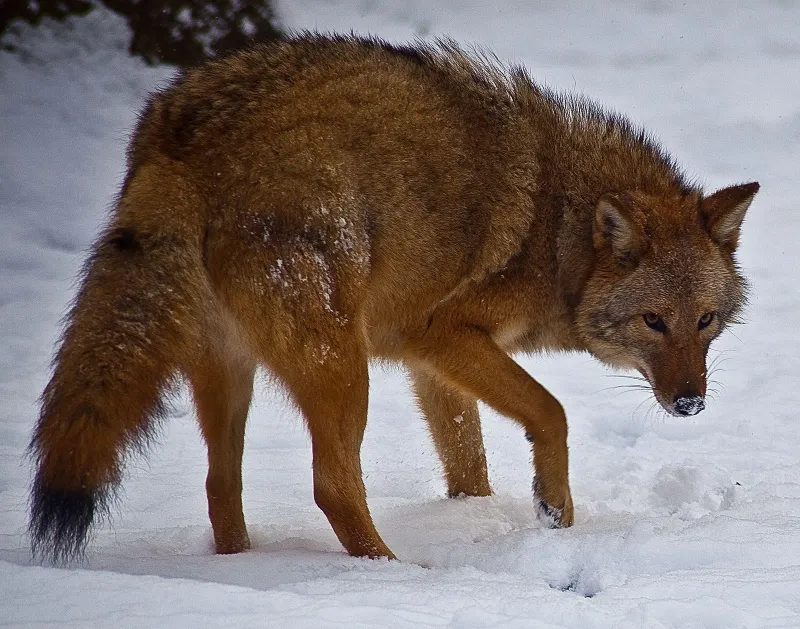
The eerily beautiful howl of a coywolf can send shivers down your spine. This hybrid of coyote and wolf has adapted well to Iowa’s diverse environments, often found prowling prairies and woodlands. Their haunting calls echo in the night, a chilling yet thrilling experience for wildlife enthusiasts.
If you’re camping out, you might hear their nocturnal choruses. Coywolves are elusive, so actual sightings are rare, making any encounter a special one. Respect their space and observe from a distance, as these intelligent creatures are crucial for maintaining ecological balance.
Turkey Vultures Gathering
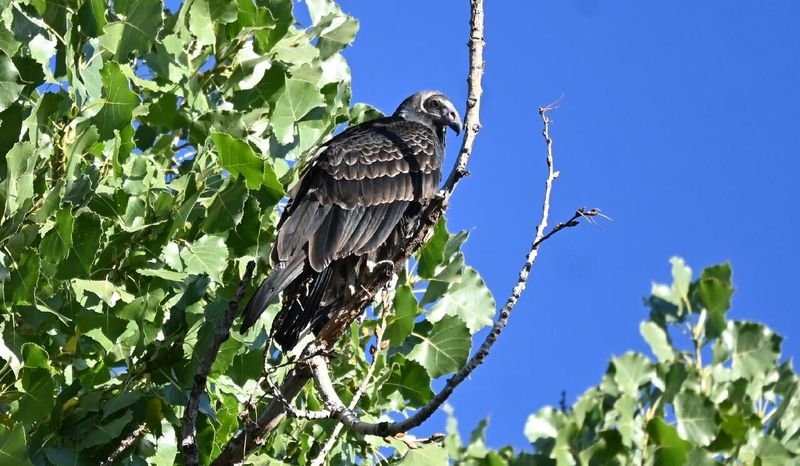
Witnessing a group of turkey vultures soaring on thermal currents is both intriguing and slightly ominous. These scavengers, with their impressive wingspans and bald heads, are nature’s clean-up crew. In Iowa, their presence signals the health of the ecosystem.
Recognizable by their circling flight patterns, these birds gather in large numbers. Spot them over open fields or near roadkill, gliding effortlessly. While their appearance might not win beauty contests, their ecological role is undeniable. Observing them offers insights into nature’s recycling processes, turning decomposition into a vital part of life’s cycle.
River Otters at Play
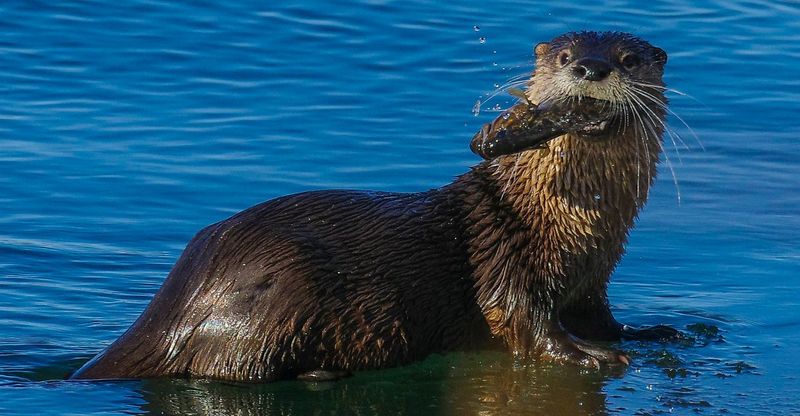
Playful and agile, river otters bring joy to anyone lucky enough to spot them in Iowa’s waterways. These sleek mammals, with their whiskered faces and playful antics, are a delight to observe.
Often seen sliding down muddy banks or diving for fish, they embody sheer exuberance. Their playful nature belies their role as top aquatic predators, crucial for keeping fish populations in check. For the best chance to see them, visit riverbanks or lakeshores at dawn or dusk. Keep noise to a minimum, allowing these charming creatures to continue their natural behavior unperturbed.
Bobcats on the Prowl
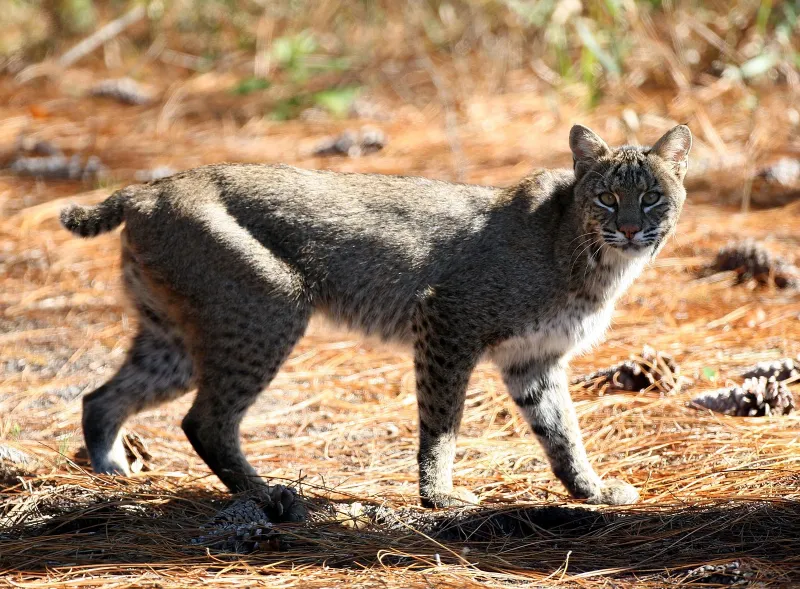
Encountering a bobcat in Iowa is a rare thrill, given their elusive nature and excellent camouflage. These solitary hunters, with their tufted ears and short tails, silently patrol forests and meadows.
Spotting one requires patience and a keen eye for movement in the underbrush. While they generally avoid human contact, bobcats play a vital role in controlling rodent and rabbit populations. If you’re hiking in areas known for bobcat sightings, carry a camera with a good zoom lens. Respect their space and enjoy the grace of these beautiful felines from a safe distance.
Sandhill Cranes Migrating
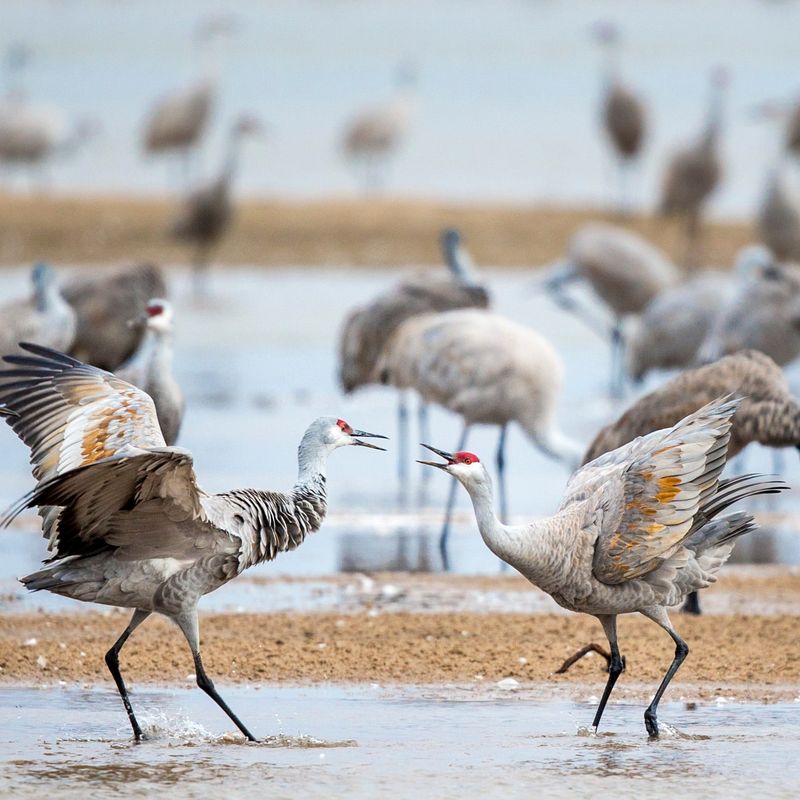
The sight of sandhill cranes migrating through Iowa is a breathtaking spectacle. These tall, elegant birds, with their striking red crowns, fly in mesmerizing V-formations during seasonal migrations.
Listen for their distinctive, rolling calls echoing across the sky as they journey north or south. For birdwatchers and nature lovers, witnessing their passage is a memorable event, best observed in open fields or wetlands during spring and fall.
Bring binoculars to appreciate their graceful flight and capture the moment in photographs. Their migration underscores the interconnectedness of ecosystems across vast distances.
Rare Blanding’s Turtle
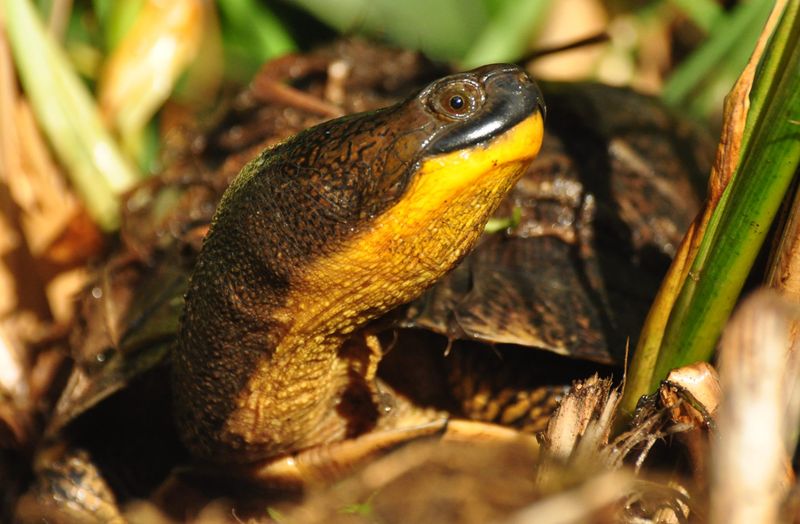
Spotting a Blanding’s turtle in Iowa is a treat for herpetology enthusiasts. These semi-aquatic turtles, with their distinctive yellow throats and domed shells, are listed as threatened due to habitat loss.
Often found basking near ponds or marshes, they are shy and quick to retreat into water. Conservation efforts focus on protecting their habitats, so any sighting is significant. For those looking to spot these turtles, visit protected wetlands or nature reserves. Respectfully observe from a distance, allowing these fascinating creatures to thrive without disturbance.
Flocking Cedar Waxwings
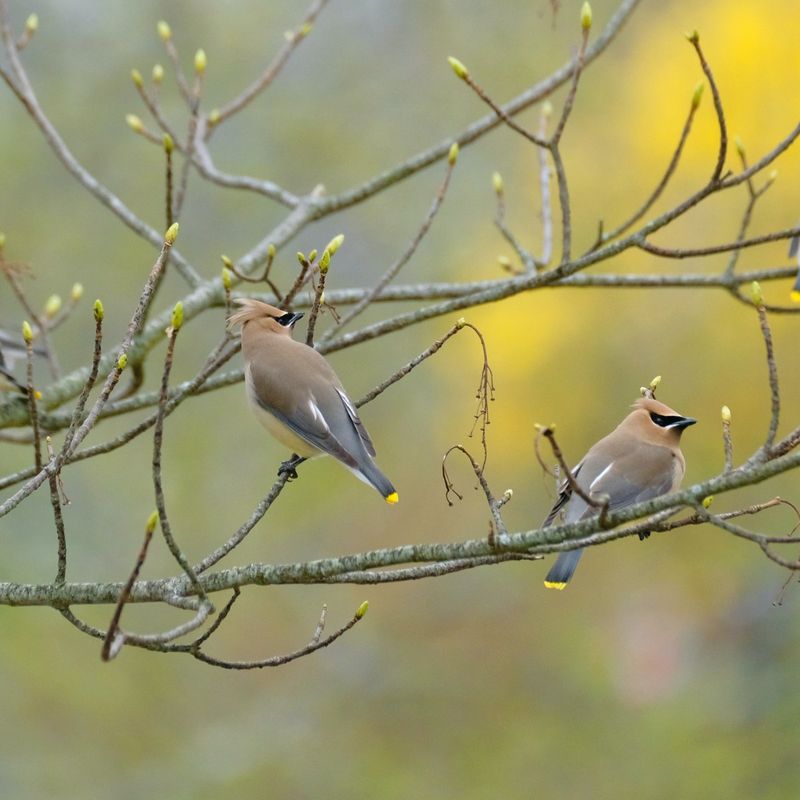
The sight of cedar waxwings flocking together is truly mesmerizing. These social birds, with their silky plumage and distinctive black masks, often gather in large numbers to feast on berries.
Iowa’s orchards and berry bushes provide perfect feeding grounds, especially in late summer and early fall. Listen for their high-pitched whistles as they communicate with one another. For bird photographers, this is a perfect opportunity to capture these striking birds in action. Remember to move slowly and quietly to avoid startling them, ensuring a peaceful observation experience.
Elusive Lynx Sightings
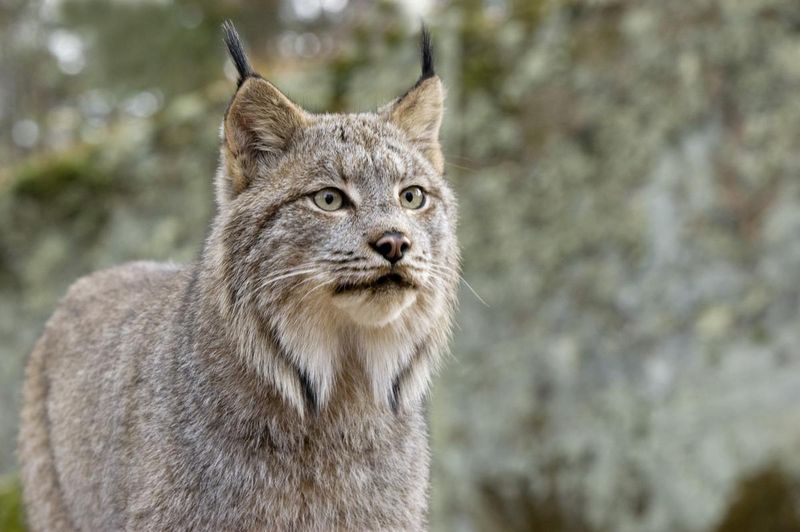
The lynx is a rarely seen predator in Iowa, its presence a testament to the state’s diverse wildlife. With tufted ears and a thick fur coat, these solitary cats are masters of stealth.
Sightings are incredibly rare, often occurring in remote, snowy forests where they hunt for prey. Spotting a lynx requires both luck and patience, as they are expert camouflagers. If you are fortunate enough to see one, keep a respectful distance and savor the encounter.
They play a crucial role in controlling prey populations, highlighting the importance of preserving their natural habitats.
Peregrine Falcons Diving
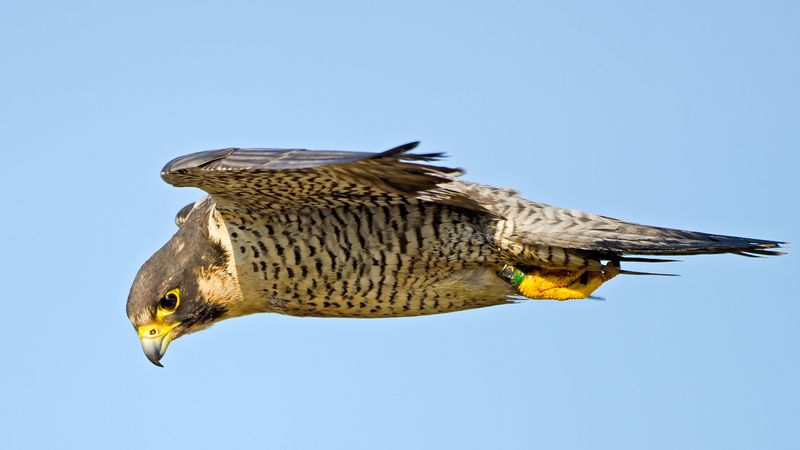
Witnessing a peregrine falcon’s dive is a breathtaking display of speed and precision. These raptors, known for their incredible velocity, have adapted to urban environments across Iowa.
Often seen perched on tall buildings or cliffs, they dive at staggering speeds to catch prey, showcasing nature’s engineering marvel. Their presence highlights successful conservation efforts that have helped their populations recover.
For a chance to glimpse these agile hunters, look skyward in cityscapes or near river bluffs. Watching them in action is a thrilling experience, especially for bird enthusiasts and nature photographers.
Great Horned Owls Nesting
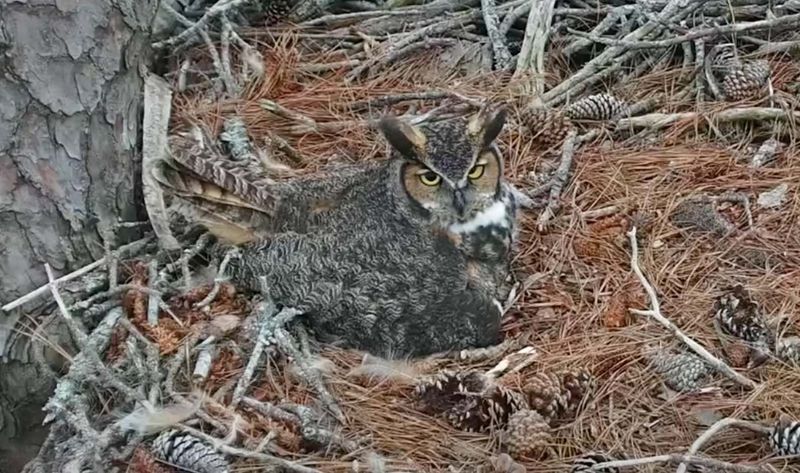
The deep hoots of a great horned owl echoing through an Iowan night can be both eerie and enchanting. These formidable nocturnal predators are known for their distinctive tufts and piercing yellow eyes.
Nesting in large trees, they are highly territorial. Observing them requires patience and often occurs during dusk or dawn. Their presence is a testament to the health of the local ecosystem, as they control rodent populations.
If you’re lucky enough to find a nesting site, maintain a respectful distance to avoid disturbing their natural habits. Capture the moment with a good camera lens.
Migrating Monarch Butterflies
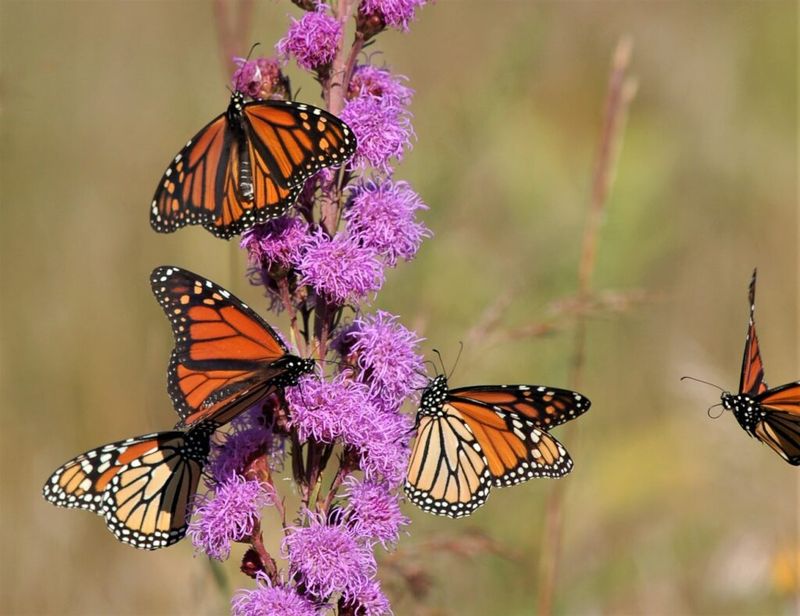
The migration of monarch butterflies through Iowa is a captivating natural phenomenon. These vibrant orange and black insects traverse thousands of miles, gracing meadows and gardens with their presence.
In late summer and early fall, they gather in large numbers, resting on milkweed plants. For a chance to witness this awe-inspiring event, visit prairies or butterfly gardens. Their journey is a poignant reminder of nature’s resilience and interconnected beauty.
Conservationists urge the planting of milkweed to support their migration. Observing this spectacle is a gentle reminder of the delicate balance within ecosystems.
Mysterious Fox Squirrel
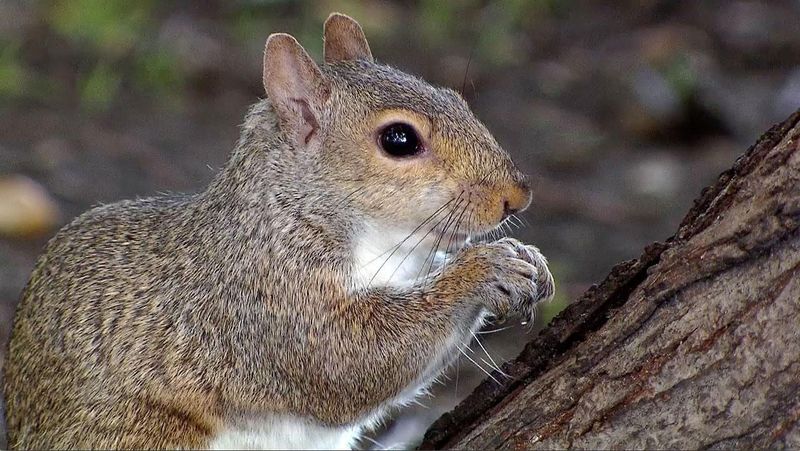
Fox squirrels, with their bushy tails and reddish-brown fur, are a common yet delightful sight in Iowa’s wooded areas. These agile creatures are often seen scampering up trees or foraging for nuts.
Despite their abundance, they add a charming presence to parks and forests, showcasing playful antics and curious behaviors. They play a vital role in forest regeneration by dispersing seeds.
For nature photographers, capturing a fox squirrel in action requires quick reflexes and patience. Watch as they balance on branches, providing entertainment and glimpses into their lively world.
Rare Piping Plovers
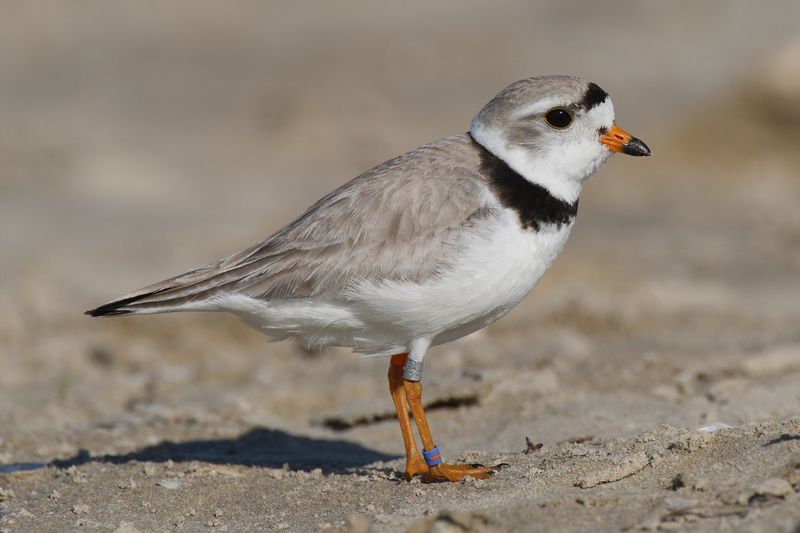
Piping plovers, with their sandy-colored plumage, are small shorebirds that nest along Iowa’s waterways. Listed as endangered, they symbolize the importance of habitat conservation.
Spotting one is a rare treat, usually found on sandy beaches or riverbanks. Their presence is a significant indicator of ecosystem health. Observing them requires sensitivity; maintain distance to avoid disturbing their nesting sites.
Conservation efforts focus on protecting their breeding grounds, ensuring these charming birds continue to thrive. For birdwatchers, a sighting is a rewarding experience, emphasizing the need for ongoing environmental stewardship.
Secretive American Bitterns
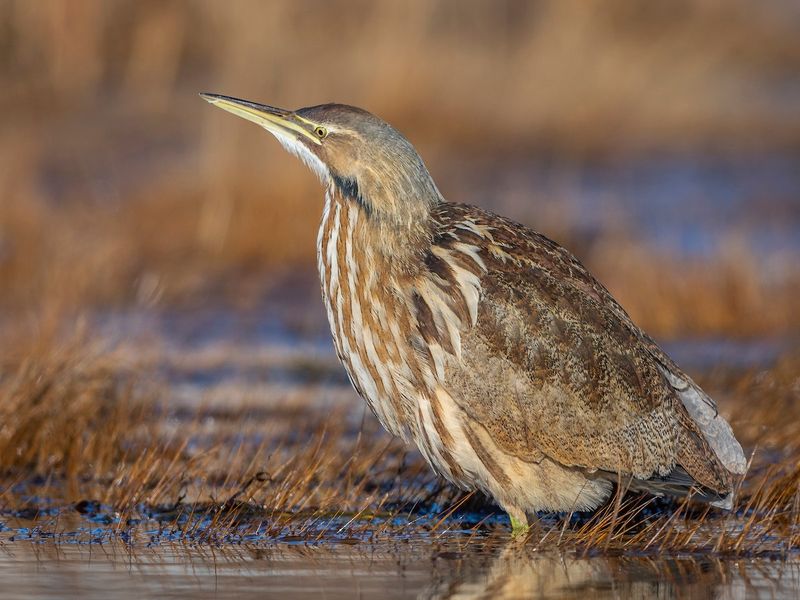
The American bittern is a master of disguise, often blending seamlessly into Iowa’s wetland reeds. This secretive bird, with its distinctive booming call, is a challenge to spot.
Patience is key for birdwatchers hoping to catch a glimpse. Their brown and cream plumage provides excellent camouflage, making sightings a rewarding achievement. Listen for their call at dawn or dusk, typically in marshy areas.
These birds are crucial for indicating wetland health, highlighting the significance of preserving these habitats. Encountering an American bittern is a reminder of the hidden wonders within Iowa’s natural landscapes.

